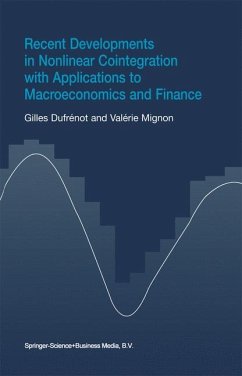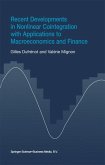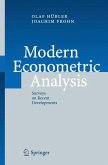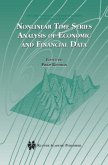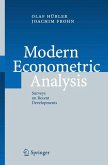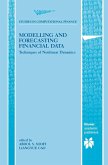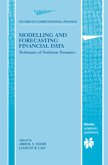This book is an introductory exposition of different topics that emerged in the literature as unifying themes between two fields of econometrics of time series, namely nonlinearity and nonstationarity. Papers on these topics have exploded over the last two decades, but they are rarely ex amined together. There is, undoubtedly, a variety of arguments that justify such a separation. But there are also good reasons that motivate their combination. People who are reluctant to a combined analysis might argue that nonlinearity and nonstationarity enhance non-trivial problems, so their combination does not stimulate interest in regard to plausibly increased difficulties. This argument can, however, be balanced by other ones of an economic nature. A predominant idea, today, is that a nonstationary series exhibits persistent deviations from its long-run components (either deterministic or stochastic trends). These persistent deviations are modelized in various ways: unit root models, fractionally integrated processes, models with shifts in the time trend, etc. However, there are many other behaviors inherent to nonstationary processes, that are not reflected in linear models. For instance, economic variables with mixture distributions, or processes that are state-dependent, undergo episodes of changing dynamics. In models with multiple long-run equi libria, the moving from an equilibrium to another sometimes implies hys teresis. Also, it is known that certain shocks can change the economic fundamentals, thereby reducing the possibility that an initial position is re-established after a shock (irreversibility).

